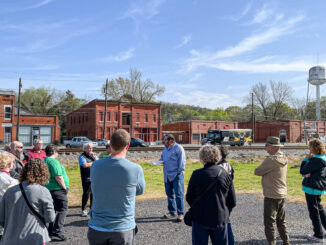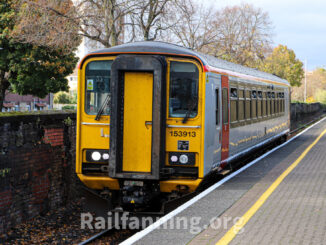
The Middle Tennessee city of Clarksville once had a fairly robust network of streetcars. The system ran for more than four decades before it ultimately ceased operations during the 1920s.
The first system, the Clarksville Street Railway, incorporated in August 1885 to build a line. Its incorporators were J.F. Shelton, H.H. Tharpe, A. Howell, Ed. T. Lucas and C.G. Smith, a man connected with other railroads in the city, including the Memphis, Clarksville & Louisville Railroad.
The initial plan called for tracks running from the public square to the Louisville & Nashville Railroad depot at Commerce and Tenth streets and would feature turntables at either end of the line. By mid-October, the company had purchased a pair of cars from a St. Louis firm, and the work on stables was in progress.
Construction and Extension
Crews laid rails in November and December of that year, and the cars arrived in town on December 14, 1885. The railroad began operations the next day, on December 15, 1885.
By 1888, the railroad discussed extending its line to South Clarksville, and two years later, the railroad had three cars and 18 horses. However, the local street railway was not devoid of problems. On May 27, 1890, street railway drivers went on strike.
By 1891, the railroad had two miles of track, 18 horses and three cars.
Still, the railroad attracted the interest of outside investors. In March 1893, the St. Louis Electric Railway Car Company offered to electrify the line at a cost roughly $25,000. Electrification of the line, however, was not immediate.
Electrification
By April 1894, the street railroad, built at four-foot, eight-inch gauge, extended 4.2 miles throughout the city. The company’s network had 32 horses and seven horse cars. By 1895, the discussion again turned toward electrifying the line, but even the conversation took some time to turn into action.
By March 1896, the company announced plans to replace its tracks and electrify its line. The company’s plans included two engines and boilers of at least 150 horsepower each, two 100 kW generators, to 25 horsepower motors and five 15-, 16- or 18-foot long cars.





